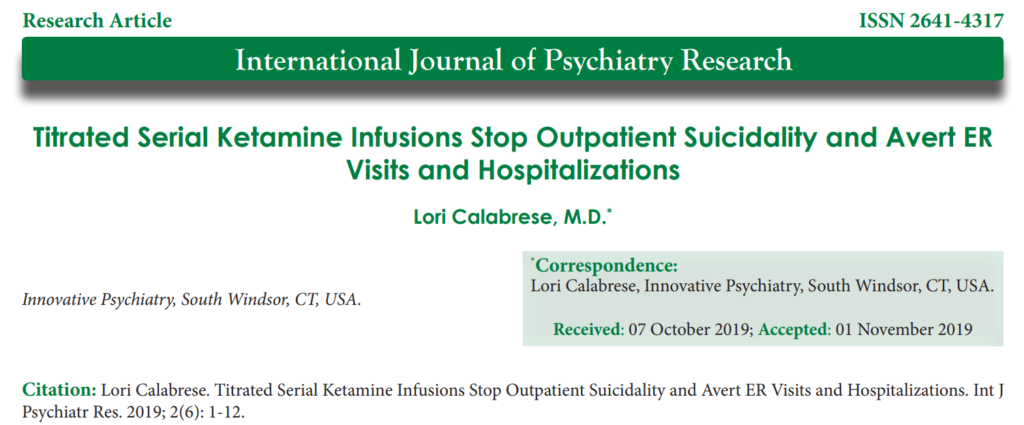September is National Suicide Prevention Month And Adolescents Have the Highest Risk

So let’s look at adolescent suicidal behavior. If you have an adolescent in your family, you may not be able to even imagine your child contemplating suicide. Or, if your child visits a psychiatrist regularly for a disorder, you may worry that he considers death or dying, and you may privately feel terrified about it. But, it’s ok to ask. Have you? This is not a taboo subject, and since risk of adolescent suicide is so much greater than it is for adults, it’s a subject to be discussed openly in every family.
Did you know that about half of all teens who attempt suicide for the first time die? 50%! It’s so alarming. How can you prepare yourself, and more importantly, prepare your child, if you had no idea she was thinking about it?
Brain and Behavior Research Foundation funds dedicated suicide researchers across the globe who seek to learn as much as possible about suicidal behavior in youths. And that gives you an edge over parents a generation ago. By studying teens who consider death, dying, and ending their own lives, these researchers have been learning ways to help you make your child at least somewhat safer.
And of course we want to do those things that can interrupt a self-destructive plan…to make time for treatment, relief, and hope.
Because one thing about adolescents is that they can be unpredictable, impulsive, impetuous, and lack emotional regulation — even when they’re healthy and having a normal day!
But, when a teen is struggling with a disorder, when his or her emotions are all over the map and something has happened that seems irreparable to him, or when he finds himself in crisis and can see no way through it, he can make an irreversible decision that silences his options.

Of course there are some teenagers who never consider self destruction. Some whose sense of survival is strong and immovable. And if you were that kind of youth yourself, you may not be able to grasp that your own teen could be different…might think there is no way out, might think that he has no other option.
Did you know that the risk for suicidal behavior in an adolescent is about 100 times higher than it is for an adult?
It’s true.
And because of this, as a parent you can’t presume this risk doesn’t apply to your family. So it can be so helpful to have some ideas about what to look for.
You need to be informed and alert enough to watch for signs that your youth could be at risk for suicidal thoughts or behaviors.
There are screening programs for uncovering risks in your youth, more sophisticated programs than charts you fill out on paper. Machine learning has been developed that collect more detailed information.
These researchers have learned that 10.7% of those who die by suicide visited the Emergency Department within the last 2 weeks.
And this will surprise you…
Their reason for the ED visit is not about suicidal thoughts…but other complaints, like chronic medical illness like diabetes or asthma, aches and pains in their body, assault, head injury, alcohol or drug intoxication, or because they are using the ED as a primary care clinic.
This is so important
It’s important because it’s during these visits for physical maladies that patients can be screened for suicidal behavior risk.
Just think about it… when someone you love attempts suicide or dies by suicide, and you realize they visited the ED 10 days earlier, how could you not want to throw your hands up?
As parents, keep this aspect of your adolescent front of mind for all medical treatment, and if you have concern that your child may be considering dying, ask for help.

Parents do the best we know, but do reach out for medical help, psychiatric evaluation, and diagnosis.
More thoughts that may surprise you:
These conditions may predispose your youth for suicidal behavior:
If they’ve attempted suicide before
(And remember, 50% of teens who attempt suicide die on the first try)
If they have problems sleeping
Or, if there is marital conflict in the home
If they have a tattoo
(Remember, not everyone who has a tattoo is at risk for suicide, but a large percentage of those who consider or attempt suicide DO have tattoos. So consider that if your child wants a tattoo that it’s not unreasonable to explore whether he may have pain he hasn’t talked about.)
Also, if they have been imprisoned (again, a source of pain)
Of course, if they have a mood disorder
And pay attention if they use negative words commonly that are associated with death, dying, evil, darkness, self-hatred, etc. Because this is also a risk factor.
Use of positive words like happy, joy, sunny, sunshine are not typically part of the vocabulary of a teen at high risk for suicidal behaviors.

Create a Safety Plan
Finally, when you do have risk of adolescent suicide in your family, participate with your youth’s healthcare team, therapist, and psychiatrist to create with your child a Safety Plan together. Identify those triggers that can increase distress and work together to find those things that can decrease it.
The effectiveness of the plan you form relies on the involvement of all involved, and your child’s willingness to help and respond.
And then, in the case of an unexpected suicidal young person, for whom you have no prepared plan, you can start by helping him or her call:
The National Suicide Prevention Lifeline: 1-800-273-TALK (8255)
With all that said, remember there is an option available as a part of your safety plan that can intervene without hospitalization or a trip to the Emergency Department.
Ketamine treatment can has been so remarkable in its ability to stop suicidal thoughts in a few hours or less. It can stop them. Erase them.
And when that happens, it gives you the freedom to work on getting better. Because the crisis can pass.
This is so extraordinary that I conducted and published a retrospective chart review on a patients I’ve treated — with complicated stories, real life issues, lots of different symptoms, and the suffering that happens when treatment doesn’t work, with such promising results that I’ve had the opportunity to share what I learned with colleagues across the US and in the UK.

Ketamine treatment can rapidly replace thoughts of death and dying with hope to give you the opportunity to work toward getting better, and even remission.

At Innovative Psychiatry, we offer ketamine treatment to people as young as 14, in a safe environment during this pandemic. We see teens and adults improve dramatically every week. Not all—some teens and adults don’t respond—but many experience complete remission from their symptoms.
Risk of adolescent suicide is high. It’s the second leading cause of death in persons age 15-24.
If you or your teen suffers from symptoms of depression or suicidal thoughts or behaviors, reach out or text one of the support hotlines, or call us if you would like to consider ketamine treatment to stop those thoughts.
We understand all too well how these symptoms can not only disrupt — but endanger — your life, and we want to help. Seeing you experience relief from your pain, torment, and suffering is why we get up in the morning.
Your desire to pursue a fulfilling and rewarding life is your fundamental human need, and we want to help that happen for you.
Reach out for remission.

To the restoration of your best self,
